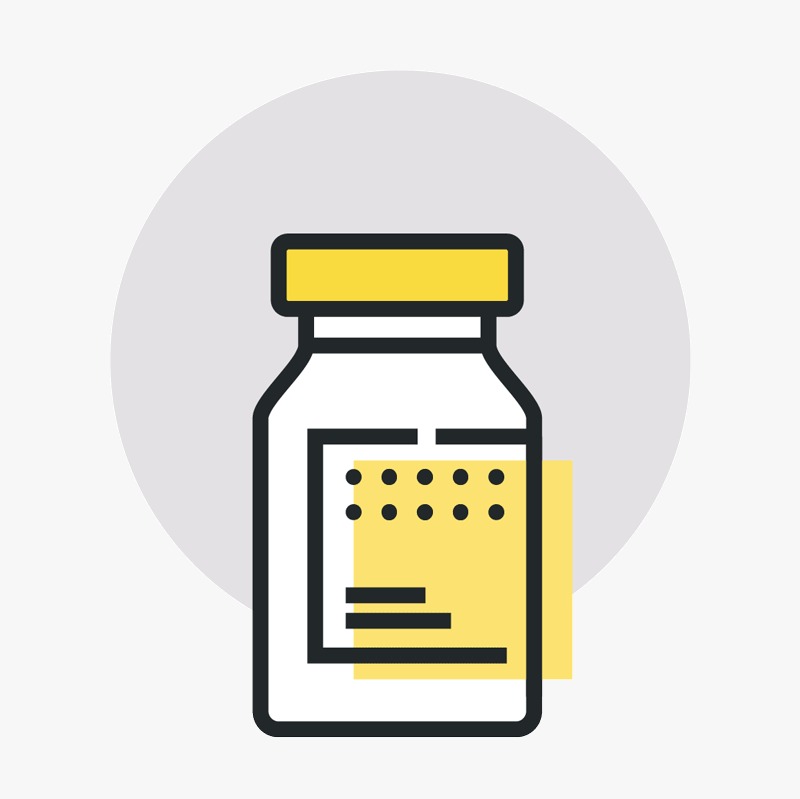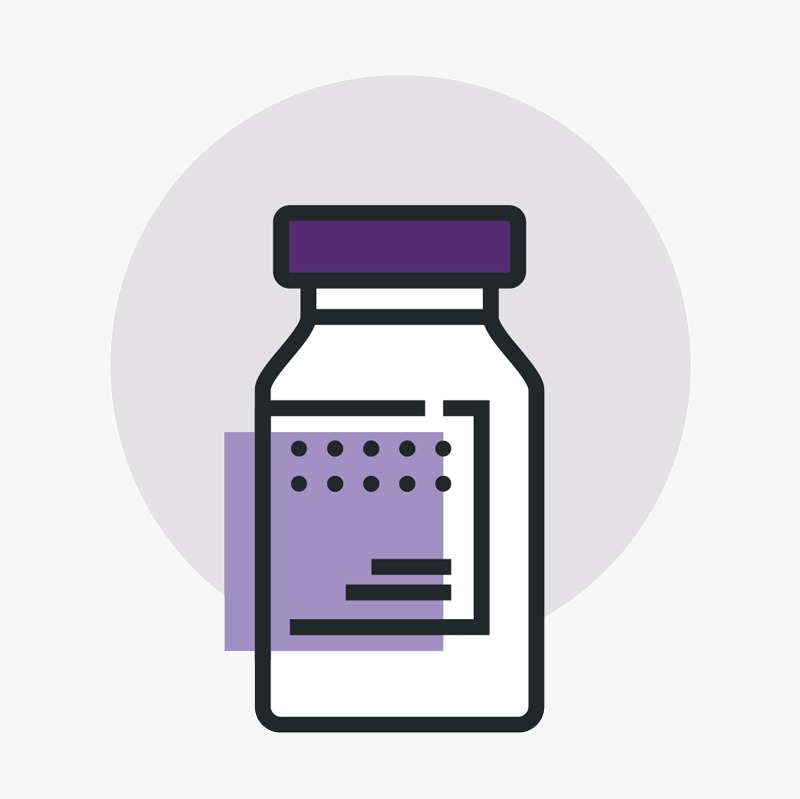What is Epigenetics?
Epigenetics, the newest science focused on health and wellness. But what exactly is this science?
Epigenetics is the study of changes in genetic expression, expression that comes from outside the genetic code, but that creates lasting alterations that can be passed on from parent to offspring.
Let’s take a look at a caterpillar. We’ll speed through the metamorphosis and arrive at… a butterfly? Going from a dozen-or-more legs to only six, and growing two beautiful wings…
Some may think that the caterpillar and the butterfly are two different animals, but they’re the same organism. The key difference is, different genes are activated, and then expressed! Simply put, epigenetics is the science that allows a caterpillar to turn into a butterfly!

Potential
Imagine using epigenetics to unlock the body´’s potential: a host of ways that benefit your overall health. Turn down the dial down on chronic pain, improve your mood, or even reduce your recovery times after exercise or surgery.
Science
Scientists aren’t just in the process of learning how this works, either. They’ve learned. It is now possible to influence your genes to improve your overall health.
What is Epigenetics
Explanation by BBC News
Epigenetics and You
Health begins with the genes. While some people get sick, others don’t. Why is this? Many diseases are brought on by bad habits, but genetics play an important role, too.
There are many epigenetic factors, or factors that exist outside of your genes that tell your DNA when to express specific traits. These contributig factors include your exercise, your diet, your daily stress level, and the cleanliness of your immediate environment from your office to your home (including your air).
But what if there were a way to tell your genes when to activate? Wouldn’t it be great if you could tell your DNA to increase immunity to seasonal allergies, or to combat joint pain so your knees were more resistant to stress? While there are many such products on the market, we’ve compiled a list of the most cutting-edge research, and most powerful products, that feature such technologies. The best part? Each of these products are REAL, and available now!
Here are some real-world examples of epigenetic supplements, products designed to target specific genes that regulate your mood, immune system, digestive health, inflammatory responses and joint mobility and flexibility!
The ultimate Nrf2 activator supplement, regulates your genes to defend cells against oxidative stress and inflammation, both related to countless diseases.
Developed by experts to repair your microbiome, activating the link to multiple beneficial functions.
Advanced technology formula created to help your body balance healthy levels of inflammation, reduce aches and pains, and support joint mobility and flexibility.
Research articles
On this site, you’ll have access to dozens of articles detailing the cutting-edge sciences surrounding epigenetic supplements, including real-world examples and how they work to activate your genes. You’ll learn why we need such supplements, what benefits they yield, and how scientists are pushing the limits of our modern understanding of the human genome.
GNM-X Science
GNM-X (PB123) Study
ESTUDIO CIENTÍFICO SOBRE PB123 Descargar Estudio en PDF Abstract. There has been a long history of human usage of the biologically-active phytochemicals in Salvia rosmarinus, Zingiber officinale, and Sophora japonica …
Professor Helmut Sies, the Redox pioneer
Dr. Helmut Sies (MD, 1967) is known as a Redox Pioneer, since he authored five posts on oxidative stress, lycopene, and chromium, every one of which was cited more than …
Nrf2-Deficient Mice show Unfavorable Immune Signature in Advanced Lung Tumors
Aims: Activation of the nuclear factor (erythroid-derived 2)-like 2 (Nrf2) pathway in normal cells inhibits carcinogenesis, whereas constitutive activation of Nrf2 in cancer cells promotes tumor growth and chemoresistance. However, …
Nrf2 inhibits NLRP3 inflammasome activation in cerebral injury
The nod-like receptor protein (NLRP3) inflammasome includes a important function in inflammation harm in irreparable injury, and also the activation of the inflammasome is closely linked to the interaction with …
Nrf2 suppresses lupus nephritis via inhibition of oxidative injury & the NF-κB-mediated inflammatory Reaction
The production of reactive oxygen species plays a critical role in both chronic and acute glomerular accidents in patients with lupus nephritis. Since the transcription factor Nrf2 is a significant …
The Anti-Inflammatory and Anti-Oxidant Mechanisms of This Keap1/Nrf2/ARE Signaling Pathway in Allergic Disorders
Oxidative stress is defined as an imbalance between generation of free radicals and reactive metabolites or [reactive oxygen species (ROS)] and their removal through protective mechanisms, such as (antioxidants). This …
LINQ Science
The role of butyric acid in irritable bowel syndrome
Butyric acid (butanoic acid) is part of a group of short-chain fatty acids and is also believed to play several valuable roles from the gastrointestinal tract. Butyric anion is readily …
Butyric acid in the diet: Activities in the level of gene expression.
Numerous elements within the diet, though nonessential, have been found to possess beneficial effects toward the overall wellness and disorder prevention/protection. such nutrient, butyric acid, which may be derived in …
Short chain fatty acids (butyric acid) and intestinal diseases
Intro: Short chain fatty acids Comprise up to 6 carbon atoms. One of these, butyric acid stands out because of its key part in pathologies with intestinal affectation. Butyric acid …
Short chain fatty acids (butyric acid) and autoimmune disorders or diseases
David Manrique Vergara 1, María Eugenia González Sánchez Short chain fatty acids comprise up to 6 carbon atoms. One of these, butyric acid stands out because of its key part …
Faecalibacterium prausnitzii
Faecalibacterium prausnitzii is the most abundant bacterium in the human intestinal microbiota of healthy adults, representing more than 5% of the total bacterial population. Over the past five years, an …
Obesity and the gut microbiota
Obesity and the gut microbiota Obesity was addressed in several health initiatives, such as Healthy People 2010, without a condition meeting the suggested goal of an incidence of obesity 15% …
OPTIMEND Science
Therapeutic functions of Curcumin
Extensive research over the last half century indicates that curcumin (diferuloylmethane), a part of the gold spice turmeric (Curcuma longa), can regulate multiple cell signaling pathways. Extensive clinical trials within …
The Issue of Curcumin and Its Own Bioavailability
Curcumin, by the spice turmeric, exhibits anti-inflammatory, antioxidant, anticancer, antiviral, and neurotrophic action and so holds promise as a therapeutic agent to treat and prevent several ailments. But a significant …
Curcumin: The various aspects of a natural solution
Turmeric is a curry spice which originated from India, that has attracted great attention in recent decades, since it includes anti inflammatory curcuminoids (curcumin, demethoxycurcumin, and bisdemethoxycurcumin). Curcumin (1,7-bis-(4-hydroxy-3-methoxyphenyl)-hepta-1,6-diene-3,5-dione), a …
Curcumin and Pulmonary diseases
Curcumin Utilize in Autoimmune Disorders: State of the art and future perspectivesAbstractCurcumin (diferuloylmethane) is a yellowish pigment found in the spice turmeric (Curcuma longa). It’s been utilized for centuries in …
Curcumin and Alzheimer’s disease
Inhibitory effect of curcuminoids on acetylcholinesterase activity and attenuation of Both scopolamine-induced amnesia may Describe medicinal Usage of curcumin in Alzheimer’s disease Abstract Curcuminoids (a combination of curcumin, bisdemethoxycurcumin and …
Curcumin against Cancer
Curcumin is a material obtained from the root of the tumeric plant, which includes the characteristic of being a yellowish or orange pigment. It’s also the most important part of …





